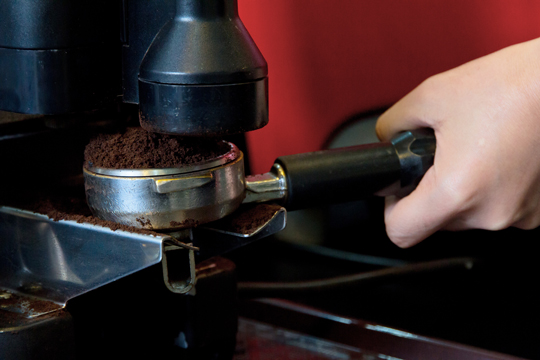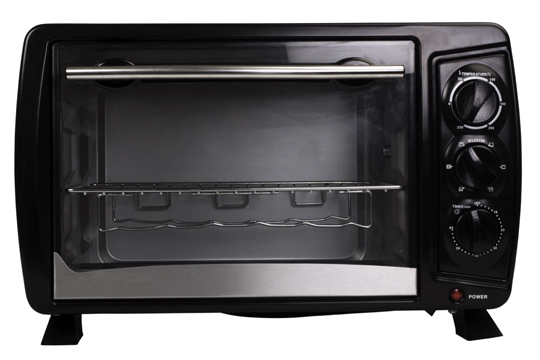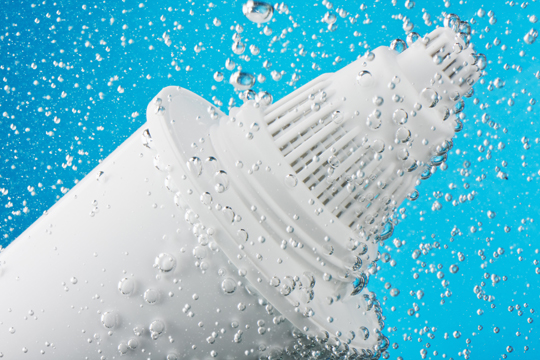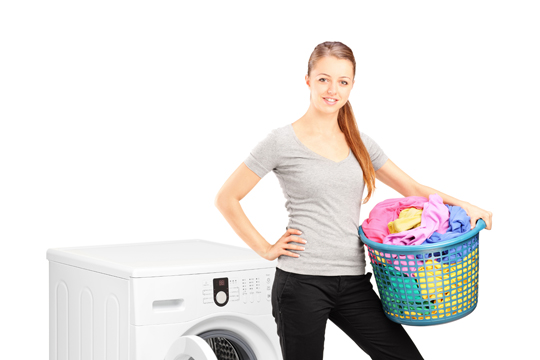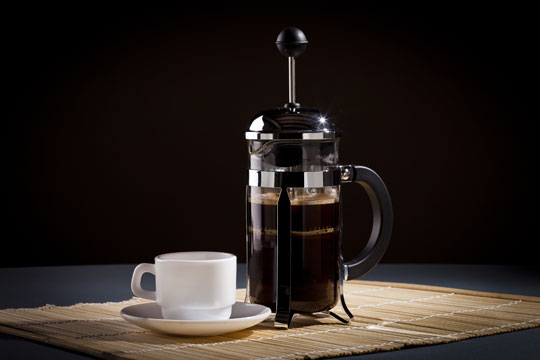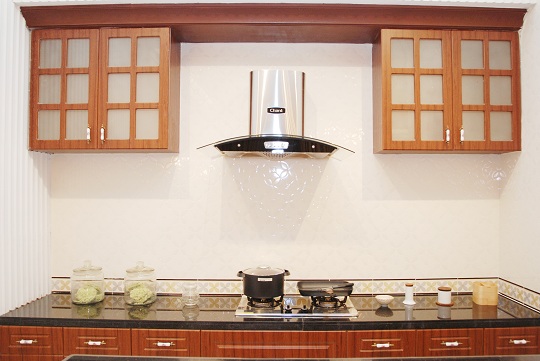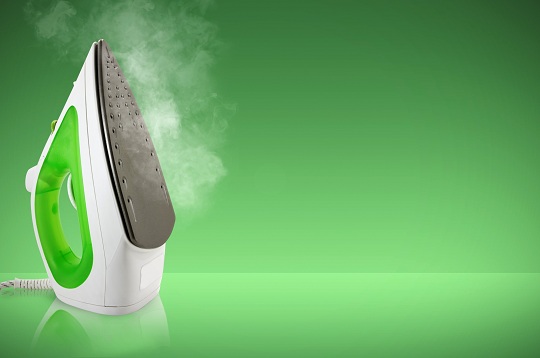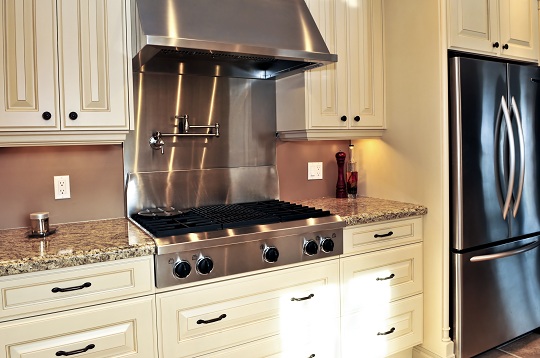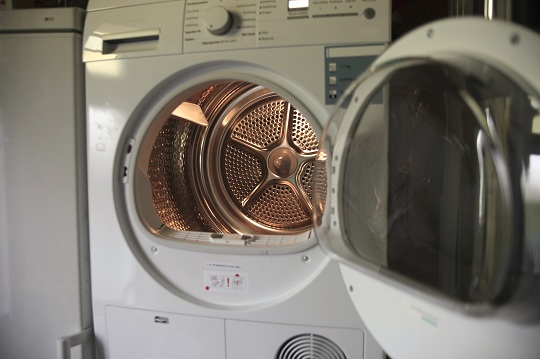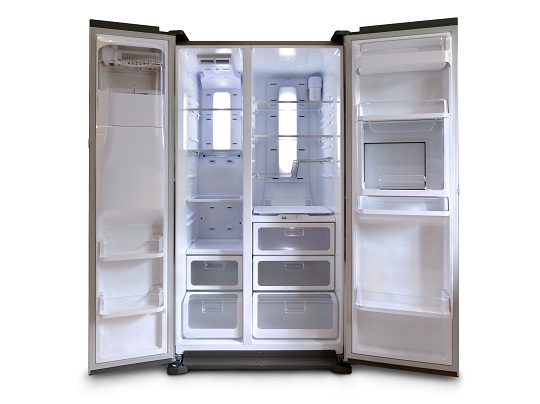When you need a little bit of help waking up in the morning, you might make a beeline to your local coffee shop. However, having your own coffee maker doesn’t just deliver a quicker wake-up call, it also saves you time and a lot of money. Knowing the best coffee maker to buy depends on your needs.
Ask yourself these simple questions to figure out the best coffee maker to buy.
How much coffee do I need to make?
Coffee makers range in the number of cups they produce. If you are a person who needs multiple cups per day, you may want to look into a coffee maker that goes up to 12 cups. If you drink a lot of coffee, but not that much, maybe an eight-cup maker is for you.
If you just enjoy one or two cups in the morning, you might look into a single-serving coffee maker, like the very popular Keurig. Knowing how much you’ll drink will help you avoid spending money on a larger coffee maker if you don’t need it.
What special features do I want on my coffee maker?
What do you need other than just the ability to make coffee? What will make your life easier? Some coffee makers can be programmed to start making coffee automatically. This means you can wake up to fresh, hot coffee already brewed.
Some machines can automatically turn off to avoid danger hazards if you forget. Others can alert you when they need cleaning, helping the machine last longer. Decide what extras you need before you purchase a coffee maker.
How big should my coffee maker be?
Do you have a lot of space for a coffee maker? Or does your kitchen only have room for a smaller one? If you’re looking into a full-sized cappuccino or espresso machine, they take up a lot of space. Make sure you have a safe place to store your coffee maker before you buy it.
If Your Coffee Maker Ever Goes Haywire
Knowing your answers to these questions will help you decide individually the best coffee maker to buy for you. TalkLocal can also connect you with the professionals in your area to help you get set up with your very own coffee maker.

